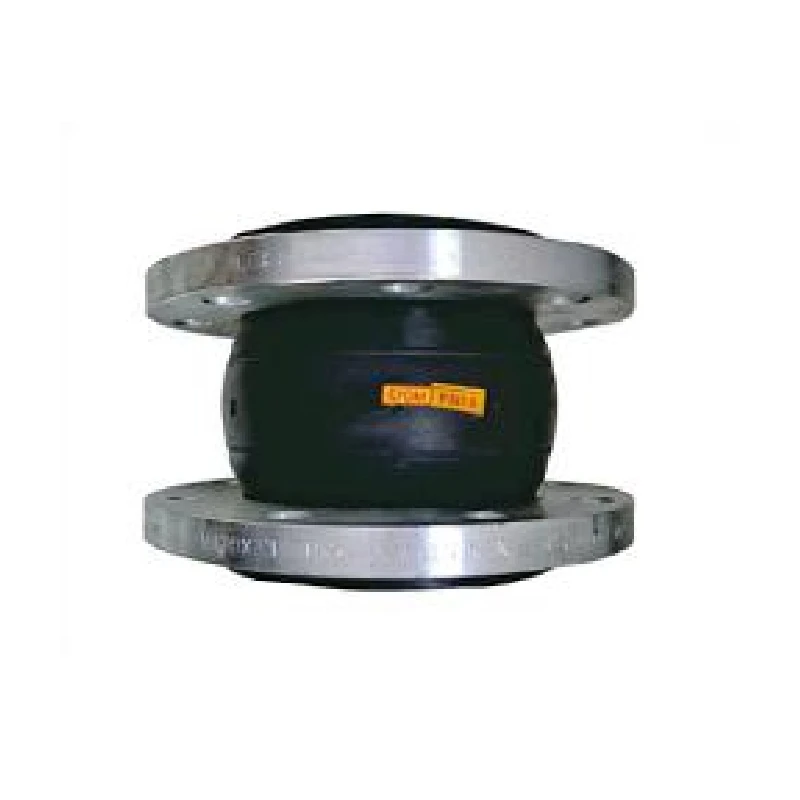9 月 . 30, 2024 07:27 Back to list
Durable Cast Iron Gate Valve with Metal Seat for Reliable Flow Control
The Advantages of Cast Iron Metal Seat Gate Valves
In the realm of industrial piping systems, the choice of valves plays a critical role in the efficiency, reliability, and longevity of the entire system. Among various types of valves, the cast iron metal seat gate valve stands out for its unique attributes and advantages. This article will explore what makes cast iron metal seat gate valves a preferred choice in numerous applications.
What is a Cast Iron Metal Seat Gate Valve?
A gate valve is a linear motion valve that opens by lifting a gate out of the path of the fluid. The gate can either be fully open or fully closed, making these valves ideal for on/off control. Cast iron metal seat gate valves specifically feature a metal seating surface, providing enhanced durability and resistance to wear compared to traditional soft-seated valves. The construction of these valves typically involves a robust cast iron body that can withstand substantial pressure and temperature variations.
Key Benefits
1. Durability and Longevity One of the most significant advantages of cast iron is its intrinsic durability. Cast iron valves are robust and can endure harsh environmental conditions, including high pressure, temperature fluctuations, and corrosive substances. This durability often translates into a longer service life, reducing the need for frequent replacements.
2. Cost-Effectiveness While the initial investment in a cast iron metal seat gate valve may be higher than plastic or softer materials, their long-term reliability leads to lower overall costs. Reduced maintenance expenditures, combined with fewer replacements, make cast iron valves an economically sound choice for many industries.
3. Metal-to-Metal Sealing The metal seat of these valves provides a high level of sealing integrity, making them suitable for handling fluids under high pressure. Unlike soft-seated valves, which may wear out or deform over time, metal seats maintain their form and sealing capability, ensuring a tight closure even after prolonged use.
cast iron metal seat gate valve

4. Versatility These valves can handle various fluids, including water, oil, and gas, making them suitable for diverse applications in sectors like water treatment, chemical processing, and power generation. Their versatility is particularly advantageous in systems that experience frequent changes in the type of fluid being transported.
5. Temperature Resistance The metal seating and cast iron construction allow these valves to operate reliably at elevated temperatures, which is a critical factor in industrial environments. This capability is beneficial for processes requiring high-temperature transport, ensuring that the valve performs effectively without compromising integrity.
6. Ease of Maintenance One of the practical aspects of cast iron gate valves is their straightforward design—this simplicity facilitates easier maintenance and repair compared to more complex valve types. Moreover, the longevity of the materials often means that maintenance is infrequent, further contributing to operational efficiency.
Environmental Considerations
As industries strive for sustainability, the selection of materials and equipment becomes paramount. Cast iron, being recyclable, aligns well with eco-friendly practices. After the end of their life cycle, cast iron valves can be melted down and repurposed, minimizing waste and supporting environmental responsibility.
Conclusion
In conclusion, cast iron metal seat gate valves offer a plethora of advantages that cater to the demanding needs of modern industrial applications. Their durability, cost-effectiveness, and versatility make them an optimal choice for a range of fluids and operational conditions. By investing in high-quality cast iron valves, industries can ensure operational efficiency, longevity, and reliability in their piping systems. As the industry continues to evolve, these valves remain a cornerstone, capable of meeting the challenges of today and tomorrow.
Share
-
Understanding the Differences Between Wafer Type Butterfly Valve and Lugged Butterfly ValveNewsOct.25,2024
-
The Efficiency of Wafer Type Butterfly Valve and Lugged Butterfly ValveNewsOct.25,2024
-
The Ultimate Guide to Industrial Swing Check Valve: Performance, Installation, and MaintenanceNewsOct.25,2024
-
Superior Performance with Industrial Swing Check Valve: The Essential Valve for Any SystemNewsOct.25,2024
-
Industrial Swing Check Valve: The Ideal Solution for Flow ControlNewsOct.25,2024
-
You Need to Know About Industrial Swing Check Valve: Functionality, Scope, and PerformanceNewsOct.25,2024